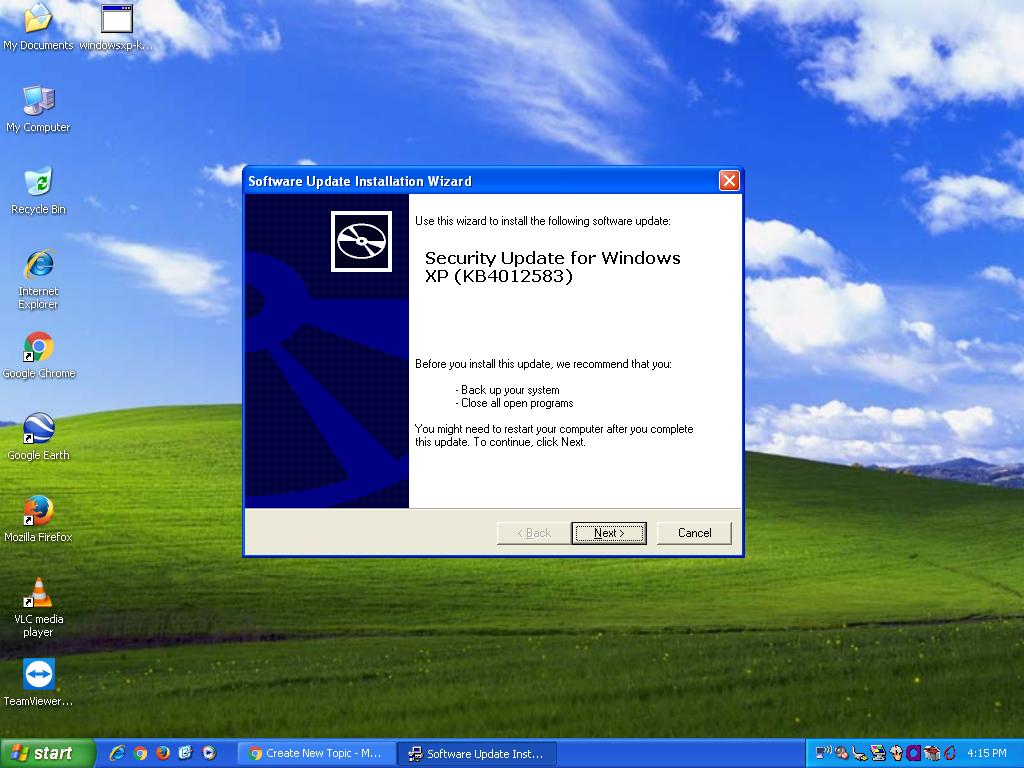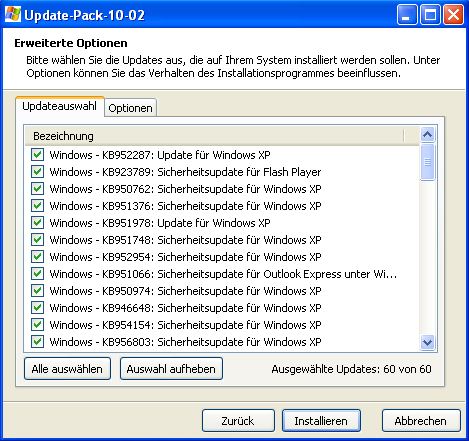


Plus, the service pack weighs in at a whopping 133MB (though you can get a scaled-down 20MB to 30MB version if you've been regularly downloading Windows updates), and it demands more than 500MB of free disk space.

On the other hand, we didn't notice improved speed or stability in informal tests, and SP1's highly touted ability to change Windows' default apps for services such as Web browsing and instant messaging don't amount to a hill of beans at this point. Department of Justice, it also crams in more than 300 bug fixes, security patches, and OS updates. Not only does Service Pack 1, released on September 9, make changes demanded by Microsoft's settlement with the U.S. NAP is a system introduced with Windows Server 2008 that blocks or restricts network access to client machines that aren’t recognised or don’t pass a minimum configuration level.For a big package of bug fixes, the first Windows XP Service Pack (SP1) has certainly drummed up a lot of interest in the media-and rightly so. The headline is the Network Access Protection (NAP) client. New features can be counted on the fingers of one hand, and you’ll still have a couple left over. We installed the service pack on several machine and experienced no nasty problems with corrupt installations or unbootable PCs. Remember though that XP remains faster than Vista in almost every area: our test PC scored 1.46 overall in Vista against 1.58 running XP SP3. Running our application benchmarks on a clean installation of XP SP2 and then updating to SP3, the performance results are near enough identical. There are no claims about improved speed with XP SP3, and our tests bear this out. The official Microsoft line is that, “This update affects the installation media only and is not a change to how activation works in Windows XP”.Ī primary focus of Vista SP1 was improving the laggardly performance of Vista. Microsoft is keen to point out that this isn’t a move to the same activation system used in Vista, whereby keys expire if they’re re-used. As with Vista, you can now install the OS without one and you’ll be prompted to provide it later. You should find you no longer need to enter a product key. There’s a further change you won’t see if you’re updating an existing installation it’ll only be apparent when you install XP from a CD with SP3 already integrated. If you’ve installed IE7 manually, that will be updated too. If you have IE6, that’s what you’ll still have after the update, albeit fully patched. In fact, SP3 is so determined not to give you anything new it won’t even install the latest version of Internet Explorer. With SP3, the primary focus is rolling up the hundreds of hotfixes and security patches that have been released in the years since SP2, giving a more secure baseline installation.


 0 kommentar(er)
0 kommentar(er)
